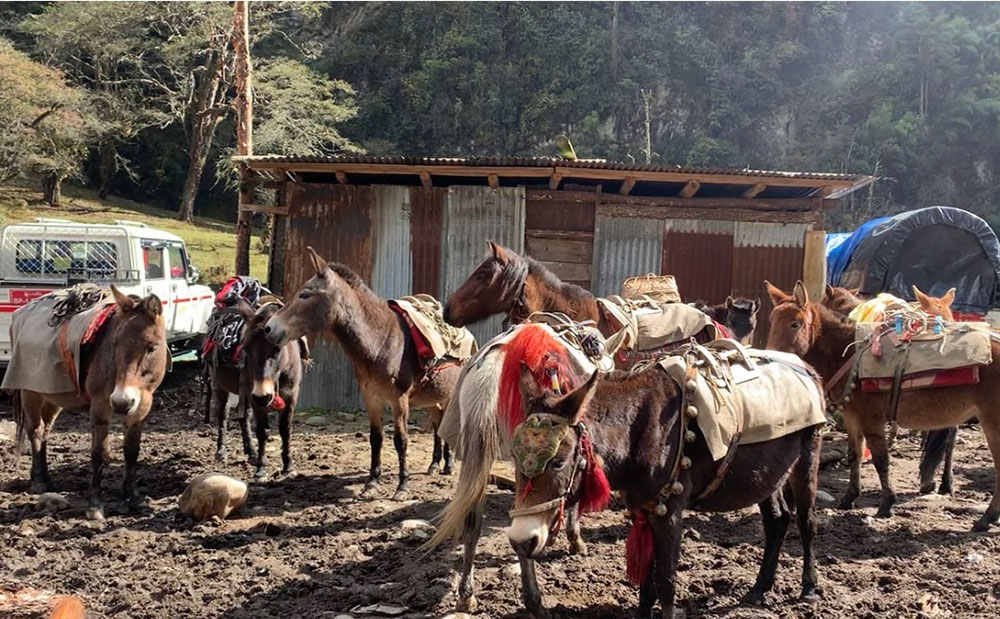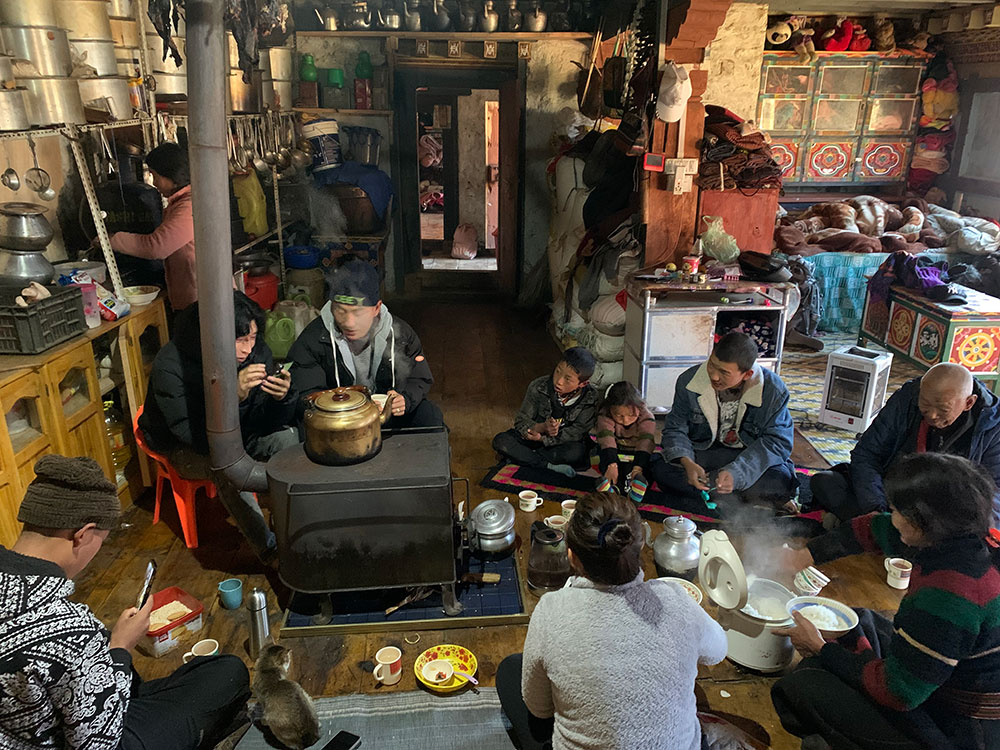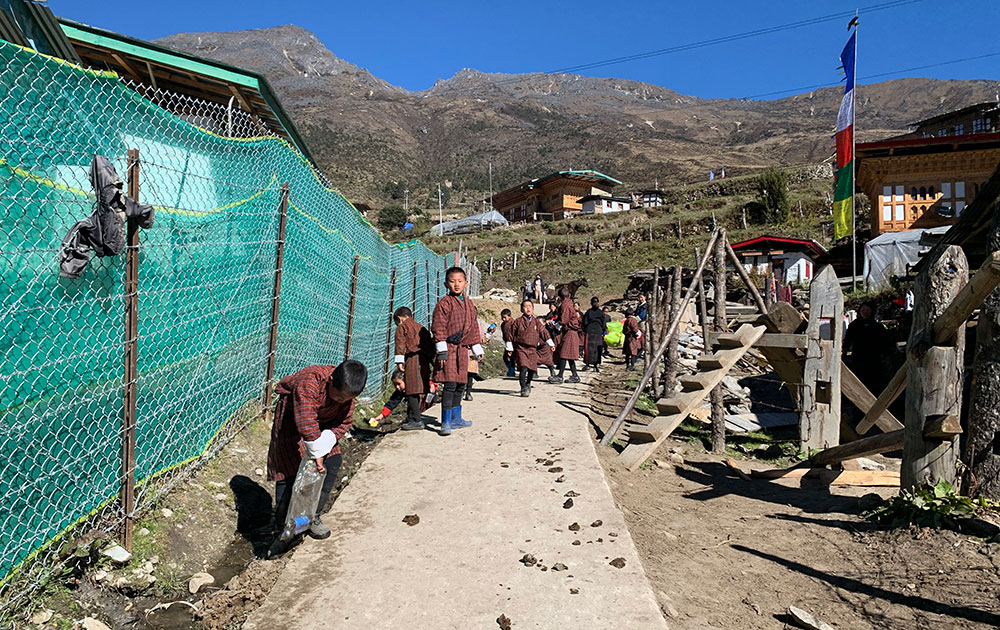Sherab Lhamo and Yangyel Lhaden
Laya—In the early hours of the morning, children, led by their teachers, are going around the neighbourhoods with gunnysacks, collecting waste in the wake of the Royal Highland Festival.
Representatives from each households must go up to Langothang, the festival ground, to dismantle tents and clean up the area. De-suups have already collected the trash from the festival ground and are taking it down to Wangdue to dump.
Laya in Gasa saw more than 2,000 visitors during the two-day festival. The Royal Highland Festival was initiated under the command of His Majesty The King in 2016 to celebrate the unique highland culture and beauty.


Homestay and porter services in Laya
Entire Gasa falls within the Jigme Dorji Wangchuck National Park. Laya, 3,830 metres above sea level, is renowned for its pristine natural beauty and offers a breathtaking view of the mountains. The village is the popular cultural and ecotourism hotspot in the country due chiefly to the Royal Highland Festival.
What is ecotourism?
The government defines ecotourism as responsible travel preserving the environment, culture, and citizens well-being, which is aligned with Gross National Happiness and implements is a true reflection of the country’s “high-value low-volume” tourism policy.
So, in this context, how does Laya manage with a high influx of visitors?
The dzongkhag and gewog administrations involve the community, giving them responsibilities and ownership throughout the preparation, during the festival, and after the festival. They also manage homestay and porter business, sharing with community members.
“Our land is undisturbed and we must maintain our pristine environment at all times,” said Laya’s mangmi, Pema Jamtsho. “People are always more than willing participants in this initiative.”
The preparation for the celebration began on October 13 and continued until October 20. Each household was asked to provide a volunteer for two days, taking turns alternately.
The villagers began the preparation by placing gunnysack in strategic locations along the entire trek route from the road-end point in Tongchudrak to Laya.
Namgay, 25, is constructing a tea shelter at the entrance of Laya; his two friends are helping him. Namgay is a busy man and runs quickly up to the festival ground to help his friends prepare the festival ground.
In full spirit, villagers collect horse dung, carry poles, and start constructing tents and stalls. The dzongkhag officials will arrive to help the villagers prepare the ground, they are mostly busy attending to phone calls for homestay and porter services for visitors.
Seventy-four out of the 280 households in Laya opens their door to guests. Pego, from Tongra, receives a call from the gewog official informing her that two guests will be coming to her homestay.
The homestay rates are modest—Nu 800 per person for a house hosting more than five guests to Nu 1,100 per person for houses hosting less than five guests per night which are the rates fixed by committee members of dzongkhag and gewog.
Pego is nervous. “I was worried in the beginning, but there is no extra work involved because we eat together with our guests, just like they are part of the family.”
With homestay facilities, both Bhutanese and international guests get an opportunity to live with Layap households, learn about their daily lives, their culture and share meals together like a family.
Porters hired from the gewog and dzongkhag administrations charges Nu 600 while their usual rate is Nu 800 per horse. It is a brisk business for many households in Laya.
“It is a service we provide to visitors, not for profit,” Namgay says, who had his seven horses transport livestock department’s exhibition materials to the festival ground.
The coverage Is supported by the Department of Tourism.


